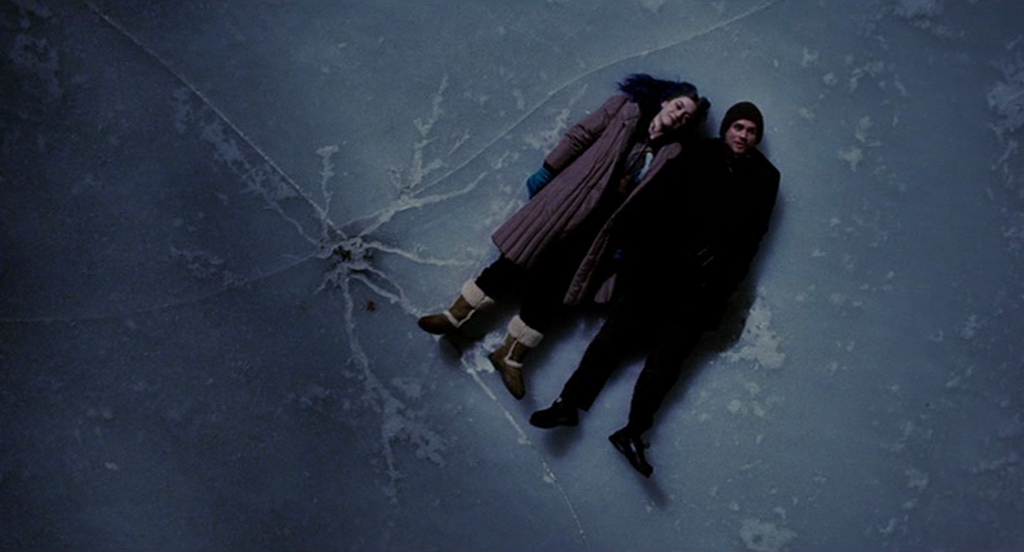Author: Dani Parker
-

Patterns for Clarity, Narrative for Style. An Analysis of the Cinematic Techniques used in ETERNAL SUNSHINE OF THE SPOTLESS MIND
In Eternal Sunshine of the Spotless Mind, Michel Gondry uses patterns enhanced by the cinematic techniques of Joel’s memories to make sense of the complicated narrative he presents. With so many themes, elements of symbolism, and the creative structure, these patterns help to guide the viewer and reinforce the lesson he wants the viewer to…